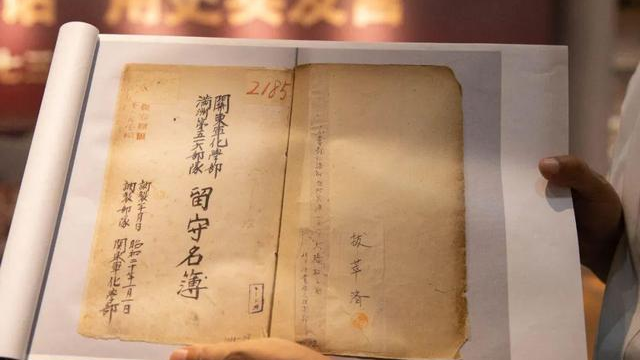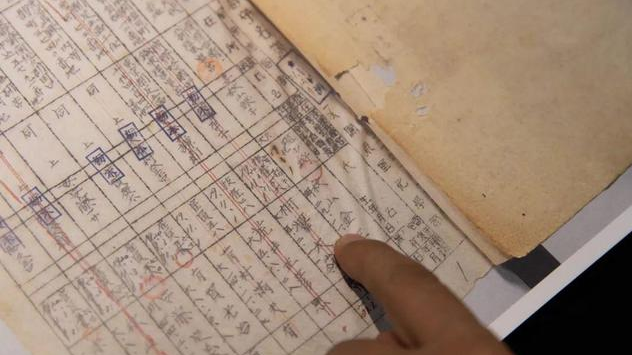
China has for the first time revealed the names of members of a Japanese army unit with history of biological warfare during World War II. /Xinhua
China has for the first time revealed the names of members of a Japanese army unit with history of biological warfare during World War II. /Xinhua
A Chinese museum has disclosed the names of 414 members of a chemical warfare division of Unit 731 – a Japanese biological and chemical warfare unit during World War II.
The disclosure was made on Monday, which marked the 77th anniversary of Japan's unconditional surrender in the war.
This is the first time that China has revealed such information, providing historical documents and data support for research on the history of the Japanese chemical warfare and its postwar effects.
A research team from the Museum of Evidence of War Crimes by the Japanese Army Unit 731 in Harbin, capital of northeast China's Heilongjiang Province, found the name list in the National Archives of Japan, which was officially obtained by the museum in April 2021.
Established on May 11, 1939, in Qiqihar City of Heilongjiang, the chemical warfare division developed a range of toxic agents for combat, including mustard gas, lewisite and cyanic acid gas. At least 3,000 people were used for human experimentation by Unit 731 and more than 300,000 people in China were killed by Japan's biological weapons.
Written around 1945, the name list contains all the members' names, dates of birth, nationalities, addresses, names of close relatives and army service records, disclosing basic historical facts, such as the overall size, personnel composition and the ranks in the army, said Curator Jin Chengmin.

The names of members of the Japanese Kwantung Army disclosed by the Museum of Evidence of War Crimes by the Japanese Army Unit 731 in Harbin City, Heilongjiang Province, China, August 15, 2022. /Xinhua
The names of members of the Japanese Kwantung Army disclosed by the Museum of Evidence of War Crimes by the Japanese Army Unit 731 in Harbin City, Heilongjiang Province, China, August 15, 2022. /Xinhua
"Japan's use of chemical warfare, like its use of germ warfare, is a top-down, premeditated, organized and systematic state crime, which goes against international morality and human conscience," Jin said.
Multiple studies show that the chemical unit had 414 personnel instead of the originally announced 250, and its core members were senior officers, Jin said. "Its professionals came from medical schools and army hospitals. The high level of personnel composition shows the particularity of this unit."
"This list is an extremely important core archive for the study of chemical and germ warfare waged by Japan during World War II, as well as iron evidence of crimes committed by the chemical unit of the Japanese Kwantung Army during its aggression in China," Jin said.
(With input from Xinhua)

